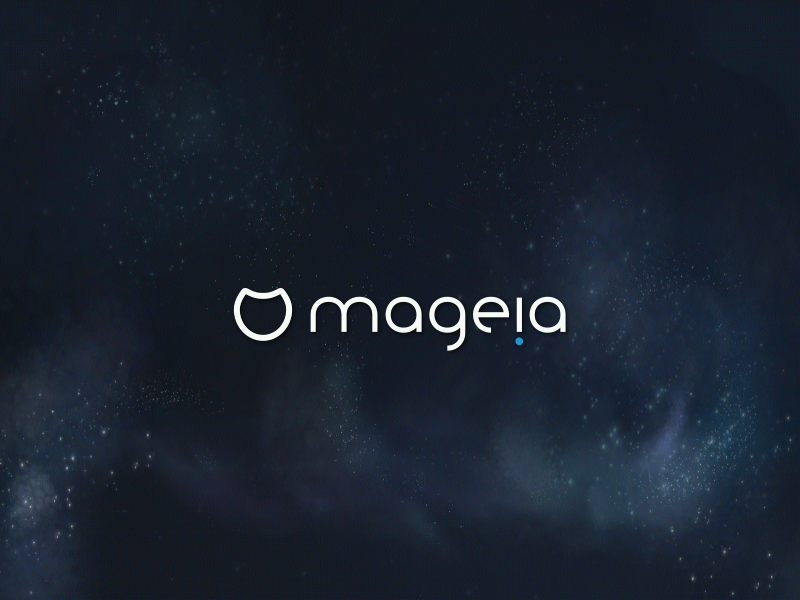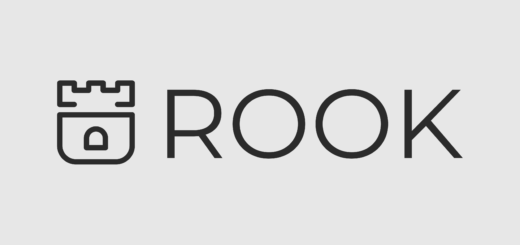NextCloud 12 released with awesome business features

NextCloud is a Dropbox-like software that enables you to store and sync your files originally forked from the popular cloud-building software OwnCloud. About one year after the OwnCloud fork, NextCloud reaches version 12, let’s take a look at what’s new.
NextCloud 12 improves User Experience
This interface has been partially reworked to offer a more polished user experience, in particular:
- App icons: have been moved to the top bar, this new menu replaces the previous click-based menu. The design has been inspired by the popular Direct Menu App.
- A new contact menu: has been placed on the top right corner in order to provide a quicker access to contacts.
- Quick communication: clicking on a user avatar, regardless of its position, will reveal a menu that allows sending emails/messages.
Secure drop (upload-only folders) and granular permissions
This feature enables users to create public links that can be shared with internal as well as external users in order to receive files. The secure drop feature can be set on the whole folder, or can be assigned on a per-user basis. This release introduces granular permissions as well in order to allow more flexibility and security when sharing files with many people.
Push notifications
NextCloud 12 introduces instant notifications to users, who will be able to receive them through the web interface and mobile apps (work in progress). Administrators will also be able to send notifications directly from the command line.
Circles
The Circles app brings social-network capabilities to NextCloud; circles are essentially user-defined groups (normal groups require administrator privileges). With this app, users are able to create and manage groups that can be used to easily share files with other people.
Global Scale
NextCloud is investing a lot of its resources in business-related features. Global Scale is an entirely new architecture for extensive deployments of NextCloud allowing up to hundreds of millions of users according to the claim. More specifically, Global Scale aims to provide:
- Scalability up to hundreds of millions of users.
- Cost efficiency allowing to use commodity hardware.
- Global distribution using complex routing/replication systems.
Claims made by the Global Scale architecture sure are interesting for large enterprises. Currently, this technology is only available through subscription plans. Because of this, understanding how it works is pretty difficult, but you can get a rough idea by reading the official post:
Nextcloud Global Scale works by effectively removing the need for shared components in the existing architecture like the load balancers, hosting center uplink, database, storage, and cache. It uses multiple independent application servers, called nodes, each running on standard, inexpensive commodity hardware. Storage, database, and cache are running local on the application servers and no longer have to be kept in sync.
By looking at the project philosophy, it isn’t hard to imagine the whole Global Scale architecture source code/details will be available in the future, but for the time being the new architecture is only available through subscription.
Security
NextCloud 12 has also got some new security features, taken directly from the original announcement:
- Developer control over Brute Force Protection. Brute Force Protection is meant to protect Nextcloud servers from attempts to guess user passwords in various ways. Besides the obvious “let’s try a big list of commonly used passwords” attack, it also makes it harder to use slightly more sophisticated attacks via the reset password form or trying to find app password tokens. Developers can now designate areas in their code which are sensitive to brute force attacks and need protection from this feature.
- Rate Limiting. Rate limiting is a new security capability in Nextcloud 12. It allows a developer to specify how often an IP range or a user may send a request in a specific time period. This can be useful for expensive API calls, to prevent users from accessing too much data in a smaller attempt of time or block or slow down spam.
- New and improved authentication mechanisms. Nextcloud 12 supports a wide variety of authentication mechanisms including OpenID and OAuth 2.0, Kerberos and others thanks to its ability to authenticate via an environment variable and enhanced 2-factor authentication further.
Administration
Last but not last, a bunch of new apps that facilitate administration taken directly from the original announcement:
- Global Shares for users. These make a shared folder structure available for different groups on a server.
- Guest app. The Guest app is a perfect way to give a temporary and restricted access to a customer or a partner to shared data.
- Excludedirs app. This app enables a specific folder pattern to be excluded from being indexed and made visible in Nextcloud. It can be useful to, for example, exclude snapshot subfolders as used on enterprise storage systems.
- Quota Warning app. sends a notification to users when they reach a certain percentage of their available storage.
- JSloader app. allows the administrator to include JavaScript into all Nextcloud pages. It can be useful for web analytics, theming or further customization.
- Impersonate app. Administrators can now impersonate another user thanks to the Impersonate App, which provides a way to reproduce or disprove user issues.
- Backup app. We’ve started work on a backup app, enabling easy backing up of Nextcloud instances.
Conclusion
As you can see, developers are pushing the newly born NextCloud to new heights and it is now even clear how they plan to monetize the project to support further development. As opposed to OwnCloud which uses a open-core-like model with an Enterprise version, NextCloud will monetize its product by selling its new Global Scale architecture to paying customers. Although NextCloud and OwnCloud are diverging, they are still mostly similar, for an in-depth comparison you might look at the following article: Nextcloud vs ownCloud – The Whole Story.
- 2020 A year in review for Marksei.com - 30 December 2020
- Red Hat pulls the kill switch on CentOS - 16 December 2020
- OpenZFS 2.0 released: unified ZFS for Linux and BSD - 9 December 2020









1 Response
[…] can read more here: Nextcloud 12 Awesome Business Features about more ways businesses can use […]